(Much) faster than previously expected: Signs of positive feedbacks kicking in in the Arctic
I took the time out to listen to Nature Bats Last's interview with meteorologist, Nick Humphrey. I have largely stopped listening to every interview that comes my way but this was excellent.
In it he expressed some of my worst fears and on spec, within 24 hours we have seen headlines that confirm every bit of what he was saying and- need I say it? - nothing that would contradict it unless you include Nostrodoomus who thinks there is a 50:50 chance of an Ice Age (sic).
Reposted from last night:
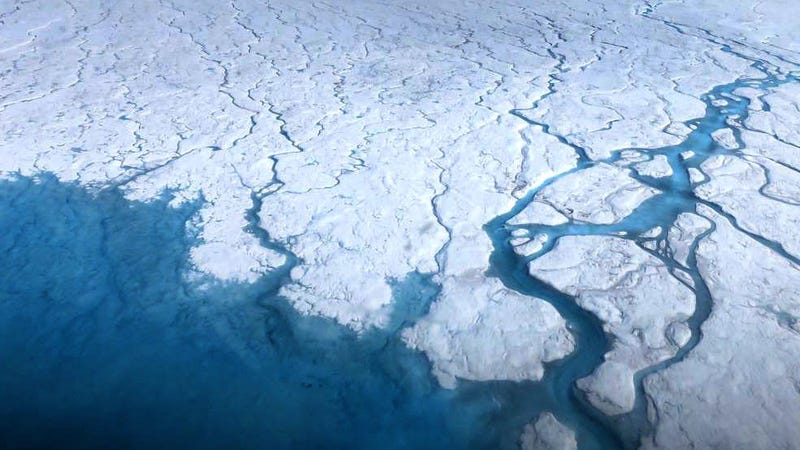
A major warm spell has caused nearly half the surface of the Greenland ice sheet to start melting, something that’s highly unusual for this time of year. And while this spike may pass, the gears could already be in motion for record-setting melt on the ice sheet’s western flank.
Greenland has been scorching (by Greenland standards) for the past few days, with temperatures rising 10-20 degrees Celsius (18-36 degrees Fahrenheit) above normal across the island. Ruth Mottram, a climate scientist with the Danish Meteorological Institute, told Earther that the weather station at the top of the ice sheet saw temperatures reach above freezing on Wednesday and they were headed that way again on Thursday. That puts them just a degree or so away from setting the all-time heat record for June, which is currently held by June 2012.

The spike in temperatures has caused a spike in melt. Roughly 45 percent of the ice sheet surface has been melting. Normally, less than 10 percent of the ice sheet surface is melting at this time of year. According to data from the National Snow and Ice Data Center, Wednesday set a daily record for the widest melt area on that date, with 275,000 square miles—an area bigger than Texas—of the ice sheet’s surface becoming a slushy, watery mess. Mottram said the much of the ice is likely to refreeze once the heat breaks, but it will be more primed to melt later in the season.
https://robinwestenra.blogspot.com/2019/06/half-of-greenlands-surface-started.html
An interview with Nicholas Humphrey
Nick Humphrey's website can be found HERE
In
a wide-ranging interview with Guy Mcpherson and Kevin Hester Nicholas
Humphrey expressed the opinion that we crossed one trigger point in
the 1980's with accelerated ocean warming, drought in the Amazon and
so on.
He
thinks that we crossed another trigger point in the mid-2010's which
brought an acceleration in everything and the unleashing of a
multitude of positive feedbacks.
Being
the honest player he is he thinks the future is short and does not
see humans being able to survive much longer.Just how long he does
not know (along with the rest of us).
People
have been living longer because of technological advances (and I
would say, cheap energy). We will lose that with civilisational
collapse brought about by abrupt climate change and a lot of people
are going to die quite quickly.
I
have extracted two segments from the hour-long interview that
accentuate two aspects of abrupt change.
The first has to do with the melting of land-based permafrost. Landslides and erosion have exposed ice to extremely rapid melting that no one could have foreseen.
The
second relates to the floods in the US Mid-West. Land is becoming
permanently un-farmable and people are leaving the land in a way that
may become reminiscent of the Dust Bowl of the 1930's although it is
very difficult to see where people might go in a world that has three
times the population.
HEADLINES AND ARTICLES
Well, I suppose "not normal" is a change from "faster than expected.
https://earther.gizmodo.com/half-of-greenlands-surface-started-melting-this-week-w-1835483363?IR=T
Notice the "70 years early" bit. Some of us could say "we told you so"
In the Canadian Arctic, layers of permafrost that scientists expected to remain frozen for at least 70 years have already begun thawing. The once-frozen surface is now sinking and dotted with melt ponds and from above looks a bit like Swiss cheese, satellite images reveal.
"We
were astounded that this system responded so quickly to the higher
air temperatures," said Louise Farquharson, a co-author of the
study and postdoctoral fellow at the Permafrost Laboratory at the
University of Alaska Fairbanks.
Permafrost
is ground that remains frozen for at least two years. It underlies
about 15% of the unglaciated Northern
Hemisphere and
serves a critical role in the transfer of carbon from living things
to the atmosphere, Farquharson said. [Photos:
Perfectly Preserved Baby Horse Unearthed in Permafrost]
Farquharson
is part of an international team of researchers monitoring
environmental variables on three islands in the Canadian Arctic. The
data they analyzed in this study, which was published Monday (June
10) in the journal Geophysical
Research Letters,
was gathered between 2003 and 2016.
The
researchers recorded permafrost thawing to depths that were not
expected until air temperatures reached levels the Intergovernmental
Panel on Climate Change has predicted will occur after 2090,
according to one of its "moderate"
climate change models.
The IPCC, which is a body of the United Nations, provides scientific
information to help guide countries' climate policies.
The
researchers believe higher summer temperatures, low levels of
insulating vegetation and the presence of ground ice near the surface
contributed to the exceptionally rapid and deep thawing.
The
most striking evidence is visible to the naked eye. As upper layers
of permafrost thaw and ice melts, the land settles unevenly, forming
what is known as thermokarst topography.
Landscapes in the Canadian Arctic that had been defined by gently
rolling hills are now pockmarked with ditches and small ponds. The
ground at the northernmost study site sank by about 35 inches (90
centimeters) over the course of the study.
"We
had this flat terrain when we started monitoring," Farquharson
told Live Science. "In 10 or so years, we saw the landscape
transform."
Their
data allowed the researchers to interpret the topographical changes
happening before their eyes.
"We
were able to tie together air temperature and ground temperature with
the formation of this thermokarst terrain," Farquharson said.
https://www.livescience.com/65709-arctic-permafrost-melts-decades-early.html?fbclid=IwAR02A0aO2YgC1H-jdIBrh457XmDPL1Hy4dY6RYhNMATh0z0iwD8vBYhZyHgA city in western Alaska has lost a huge stretch of riverbank to erosion that may turn it into an island, amid renewed warnings from scientists over the havoc triggered by the accelerating melting of the state’s ice and permafrost.
Residents of the small city of Akiak were alarmed to find the Kuskokwim River suddenly much closer to housing after about 75-100ft of riverbank disappeared over the course of just a few hours.
The erosion, which occurred late last month, stripped away the riverbank for the entire length of Akiak, which has a population of around 340.
“We got about three houses in imminent danger, and the rest of them will be coming along pretty quickly,” said David Gilila, Akiak’s city administrator.
Gilila said he was appealing for funding to relocate some homes, warning that the water could soon surround the city. “We’ll still be here, but we’ll probably become an island,” he said.
The drastic reshaping of Akiak is probably down to thawing permafrost, the frozen organic matter held within soils. Alaska is heating up twice as quickly as the rest of the US as a result of human-driven climate breakdown, increasingly causing this permafrost to thaw and destabilize buildings and cause roads to buckle.
“The changes are really accelerating in Alaska,” said Susan Natali, a scientist and Arctic expert at the Woods Hole Research Center in Massachusetts. “It’s pretty likely this riverbank in Akiak was lost because of thawing permafrost, given where it’s situated and the warm winter and spring they’ve had. It’s not a problem that’s going to go away.”
Alaska has just experienced its warmest spring on record, breaking a record only set in 2016. Since the 1970s, springtime in the state has heated up by around 2.2C (4F), double the global temperature rise of the past century.
The breakneck speed of Alaska’s rising heat is having cascading consequences, with vanishing sea ice exposing coastal communities to storms, altered wildlife and plant patterns that make it harder for people to find food. There is also a growing wildfire threat putting communities at risk.
Unless it causes buildings to topple, permafrost thawing is often a more obscure feature of this warming, although it could prove to be among the most significant. As the frozen ground across the Arctic melts, it releases a huge amount of methane, a potent greenhouse gas.
Scientists recently found this process could trigger a dangerous acceleration of global heating that would cause tens of trillions of dollars in climate-related damage. A separate study found that parts of the Canadian Arctic are experiencing a rate of permafrost thaw six times the long-term average.
In Alaska, there are dozens of towns that the federal government has identified as being in potential need of relocation due to the damage caused by the climate crisis. The village of Newtok in western Alaska was granted $15m last year to start shifting homes to safer ground but the vast majority of communities have no pathway to do likewise.
“It’s a real challenge because in the US there isn’t the precedence to deal with this and there isn’t the political framework to deal with it either,” said Natali. “The numbers needing relocation will grow, the costs are going up and people’s lives and cultural practices will be impacted.
“Every year there’s a new temperature record, it’s getting worse and worse and you feel like a broken record saying it. This should be the number one urgent conversation happening right now because it’s not just going to be Alaska, it’s going to be other communities all over the US,” Natali added
https://www.theguardian.com/environment/2019/jun/13/climate-crisis-alaska-is-melting-and-its-likely-to-accelerate-global-heating?fbclid=IwAR0ZwhV9EYf6dblg703VT5NxQ-rY-CarHvSU7EwivNoF8CiqBZHYZi8rgNs
Not expected until 2090! Is 2019 the new 2100?
https://www.independent.co.uk/news/world/americas/climate-change-breakdown-arctic-frost-thawing-canada-environment-a8959056.html?utm_term=Autofeed&utm_medium=Social&utm_source=Facebook&fbclid=IwAR2S_F7pCAuru_TN3h1_IXbz6pfrq92KmTM8rtsjYv4-kT1Pqz_twzoEQTI#Echobox=1560536719
Alarming wildfires rage near giant ‘Mouth of Hell’ gash in the tundra, a wonder of Siberia









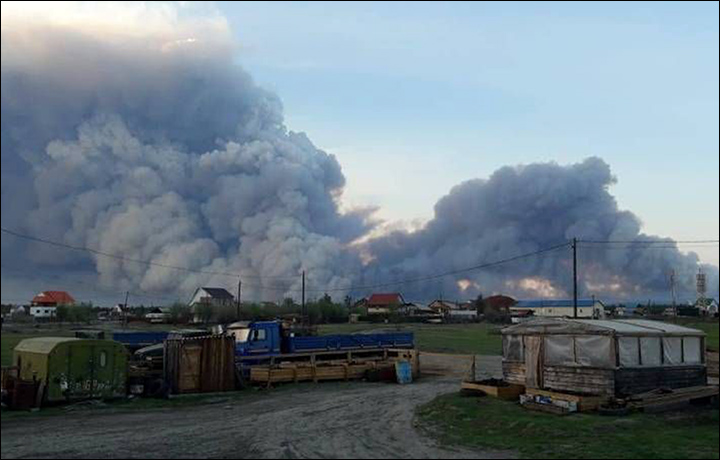
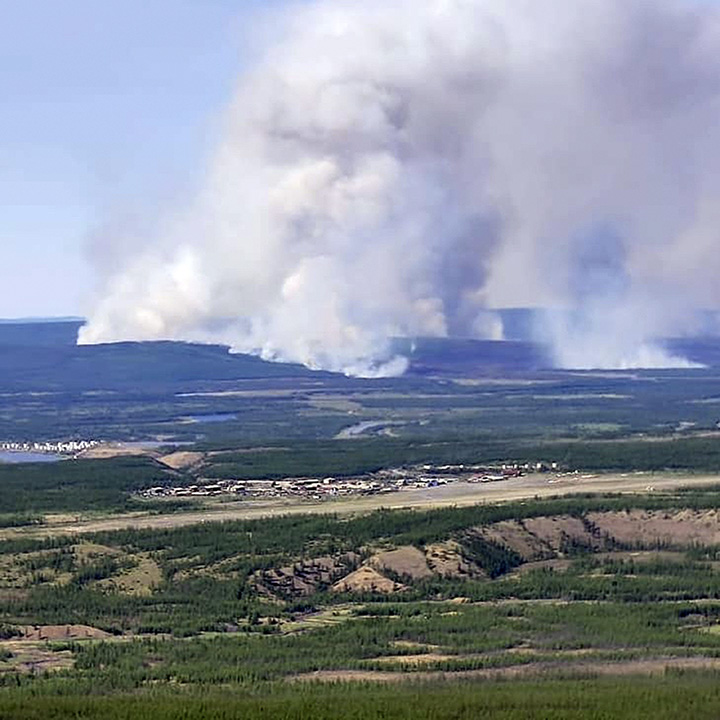
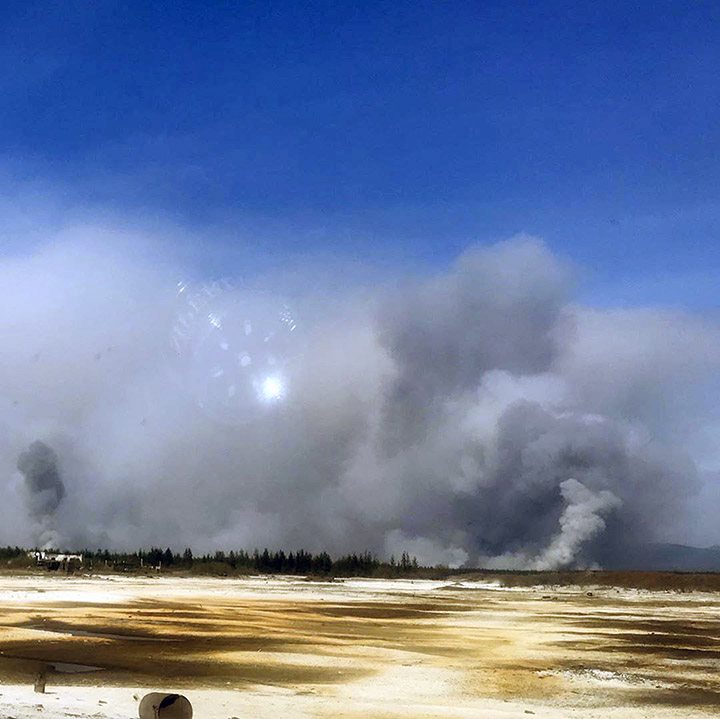
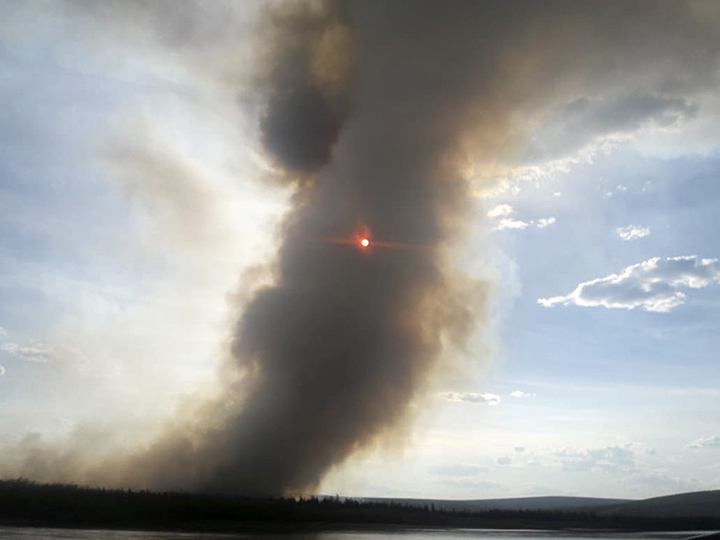
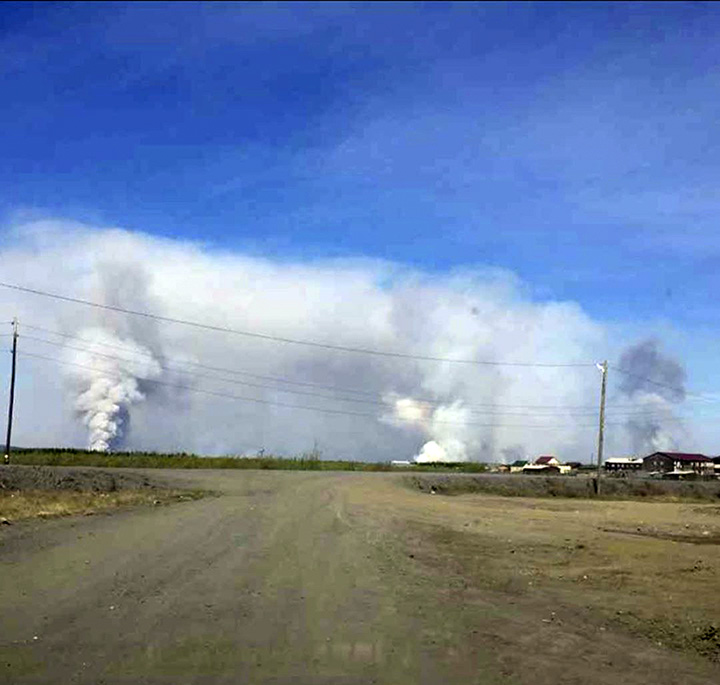
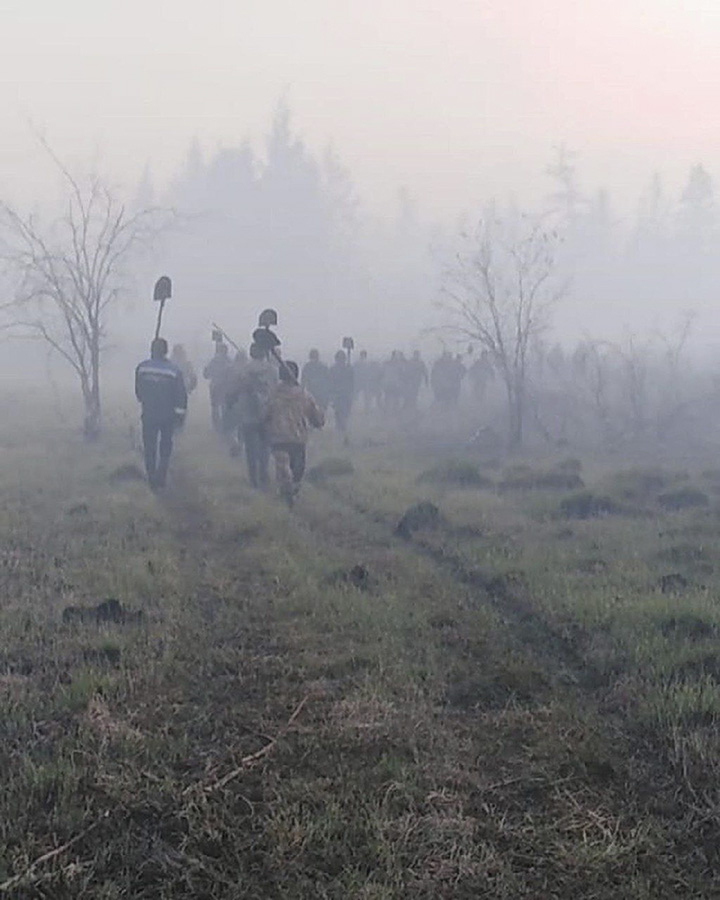
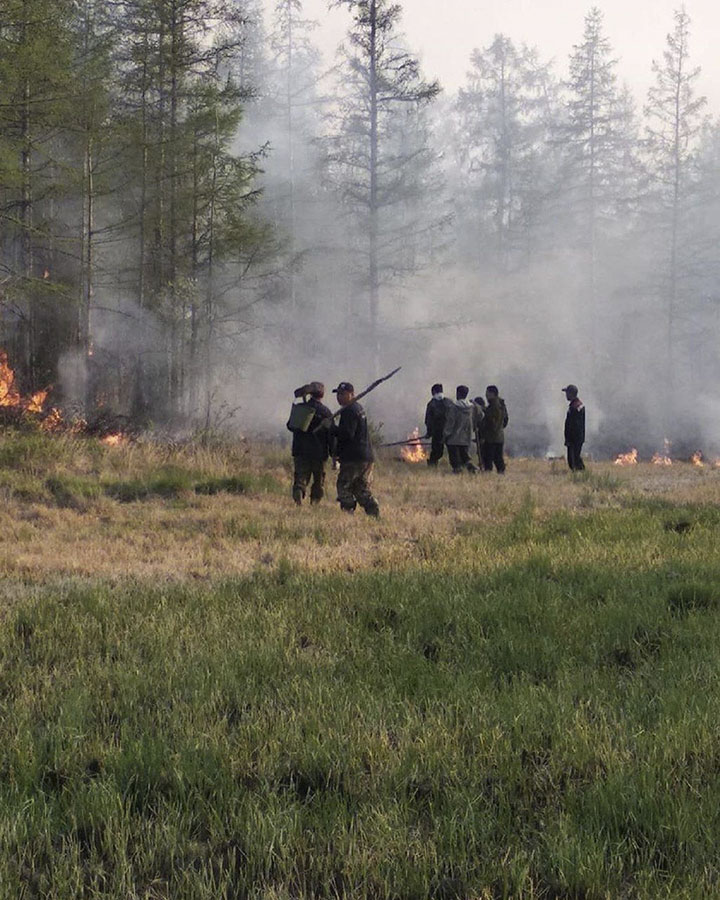
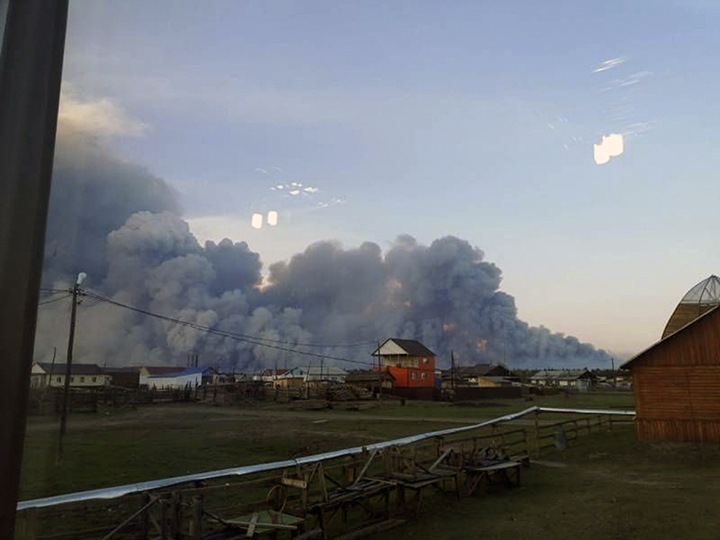
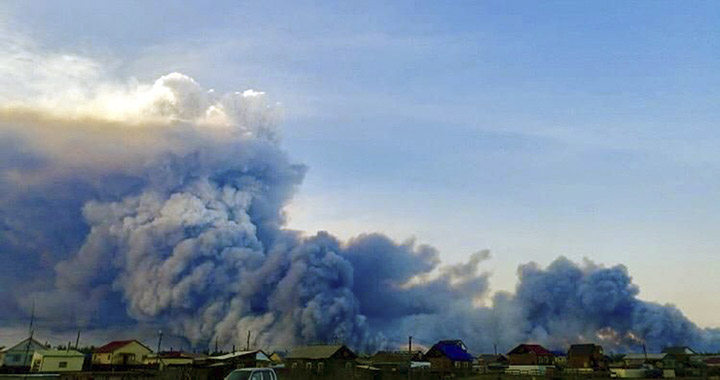
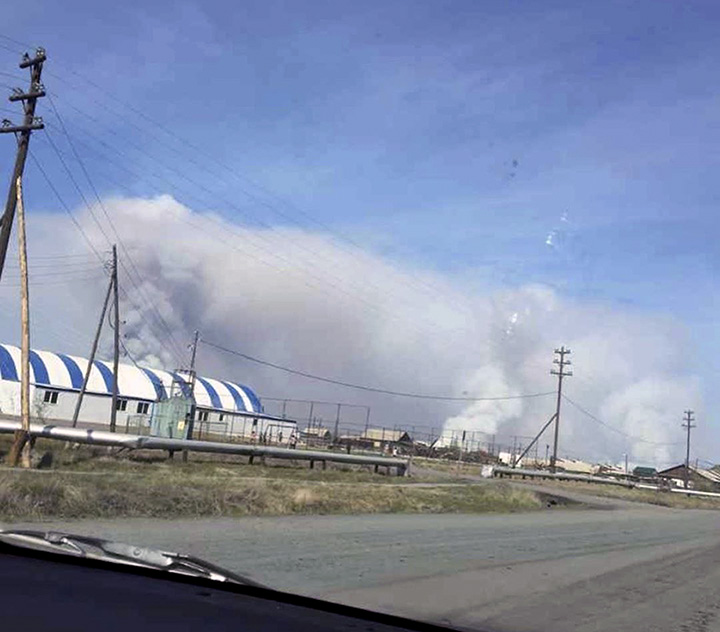
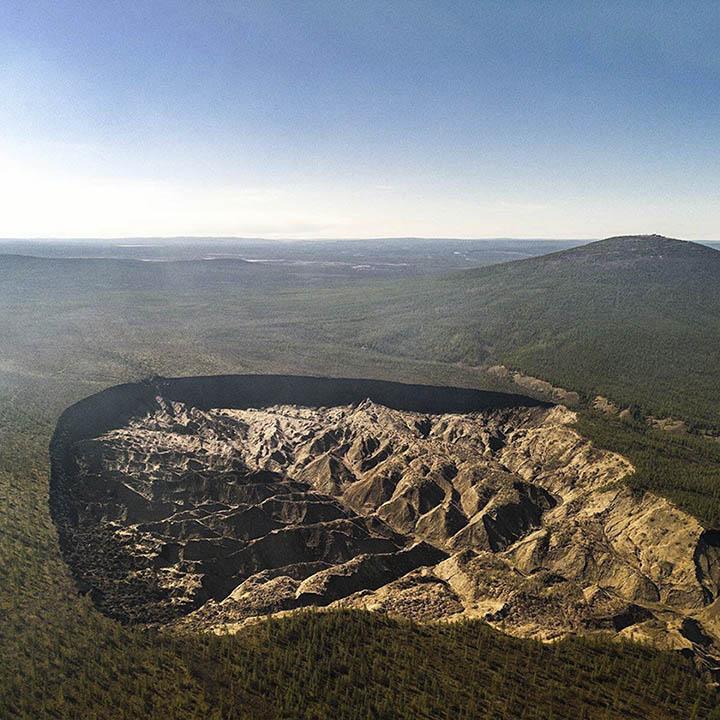
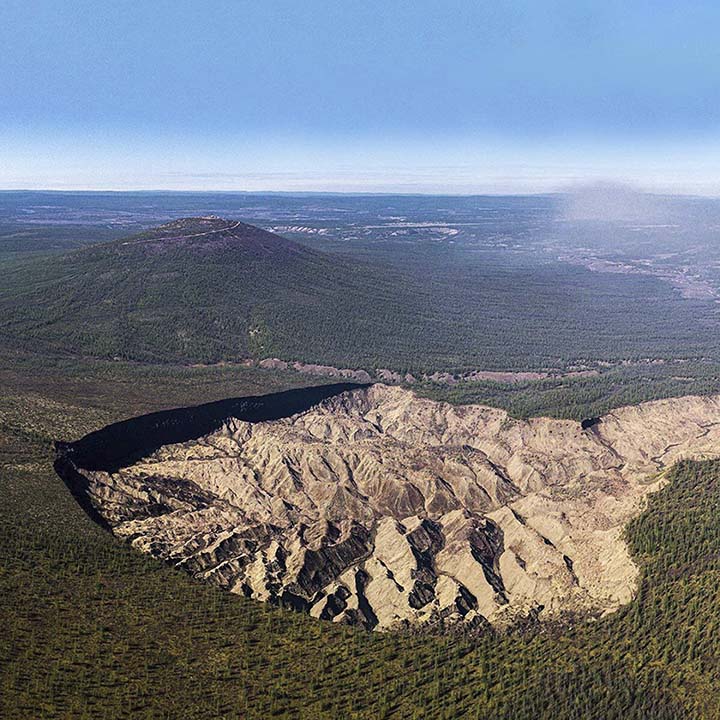

No comments:
Post a Comment
Note: only a member of this blog may post a comment.